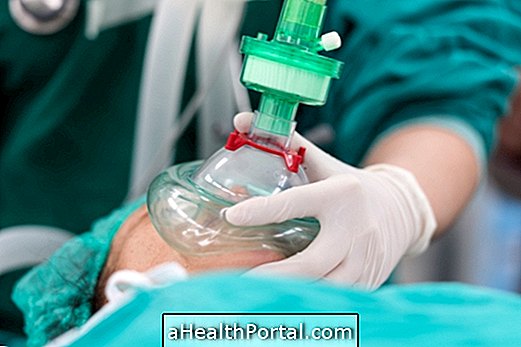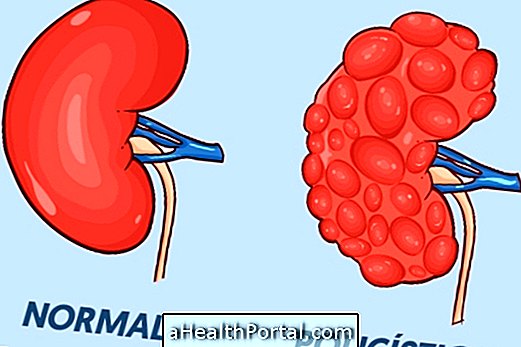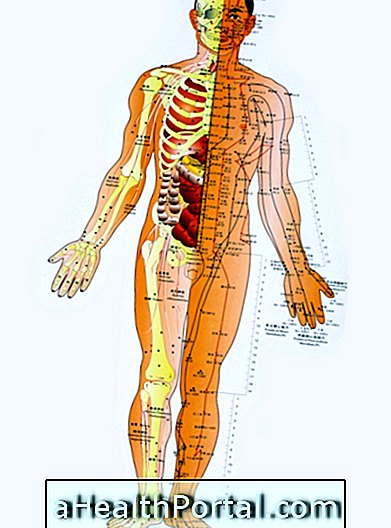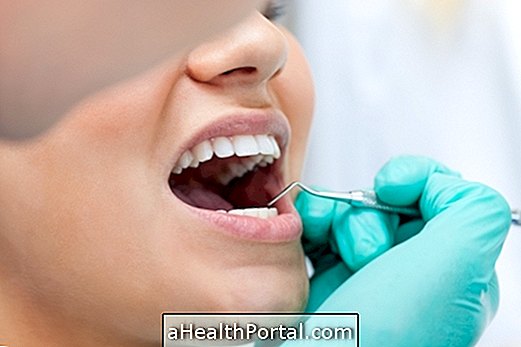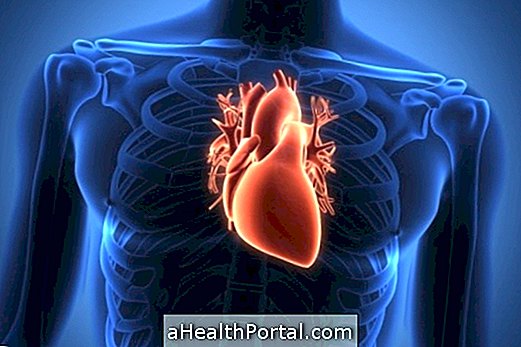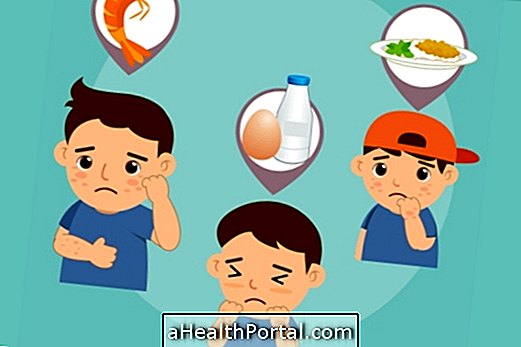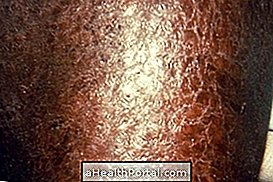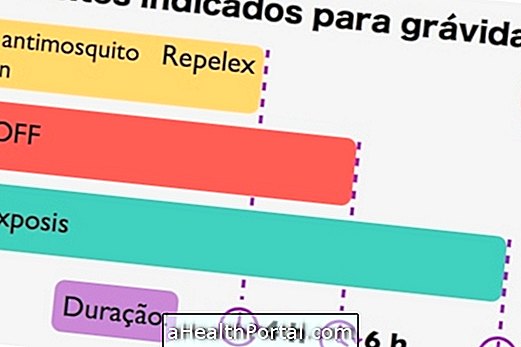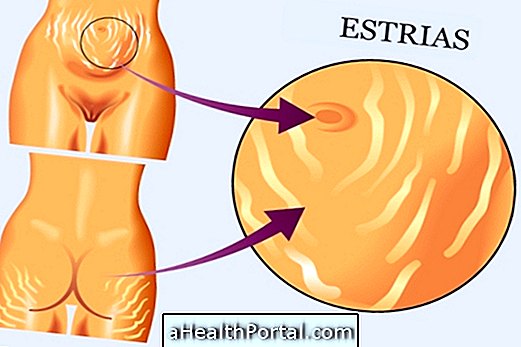Puberty corresponds to the period of physiological and biological changes in the body that marks the transition from childhood to adolescence. The modifications begin to be evident from the age of 12, but may vary according to the family history and feeding habits of the child, for example.
In addition to the physical changes that are evident in this period, the person may have large variations in mood due to increased production of hormones, testosterone in the case of boys, and estrogen in the case of girls.
If the changes are not noticed or do not occur until the age of 13, it is advisable to consult a doctor so that the cause can be investigated and the treatment initiated, which is usually done with hormonal replacement.
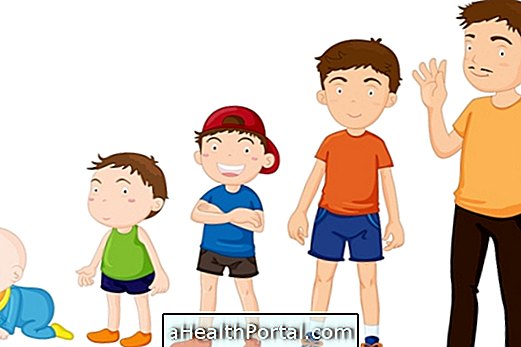
Body changes in girls
The main body changes observed in girls are:
- Breast growth;
- Appearance of pubic hair;
- Appearance of armpit hairs;
- The hips become wider;
- The waist begins to thin;
- Growth grows faster;
- Development of sexual organs;
- The uterus increases in size.
The main sign that the girl is at puberty is the first menstruation, also known as menarche, which usually occurs between 12 and 13 years, but may vary according to the lifestyle and history of the women of the family. Learn all about first menstruation.
What can accelerate puberty
Some girls may experience body changes much earlier than normal, that is, between 7 and 9 years, for example. Some factors may favor the growth of the breasts and maturation of the female sexual organs, such as an increase in the Body Mass Index (BMI), because the more fat accumulated in the body, the greater the stimulus for estrogen production, which is the hormone responsible female characteristics.
In addition, frequent exposure to chemicals present in enamels and perfumes, for example, as some of their constituents may deregulate the endocrine system, favoring early puberty.
Although many girls find that it is a good thing for breasts to appear early, precocious puberty can put girls at risk as it may be associated with a higher risk of developing breast cancer, obesity, and type 2 diabetes, as well as problems related to mental health, such as anxiety.
Body changes in boys
Body changes in boys include:
- Appearance of pubic hair;
- Appearance of hair in the armpits, legs and face;
- The voice begins to thicken;
- Note the growth and increase of the diameter of the penis;
- Growth of the larynx, popularly called Adam's apple;
In the case of boys, the most characteristic sign of puberty is the first ejaculation, which usually occurs between ages 12 and 13.
What can delay puberty?
Common changes in adolescence may not occur when the child has a condition that directly or indirectly interferes with the growth of the gonads or the production of sex hormones. Among the conditions that delay puberty are malnutrition, hypogonadism, diabetes mellitus, genetic diseases, such as Turner's syndrome, for example, and autoimmune diseases such as Addison's disease.

